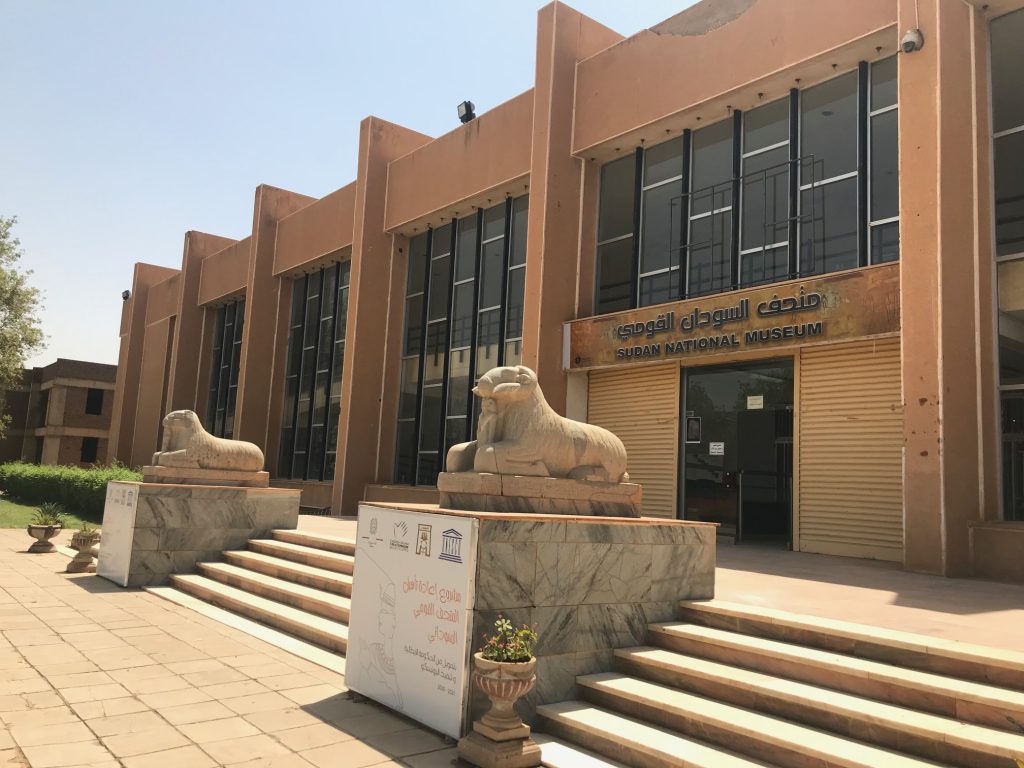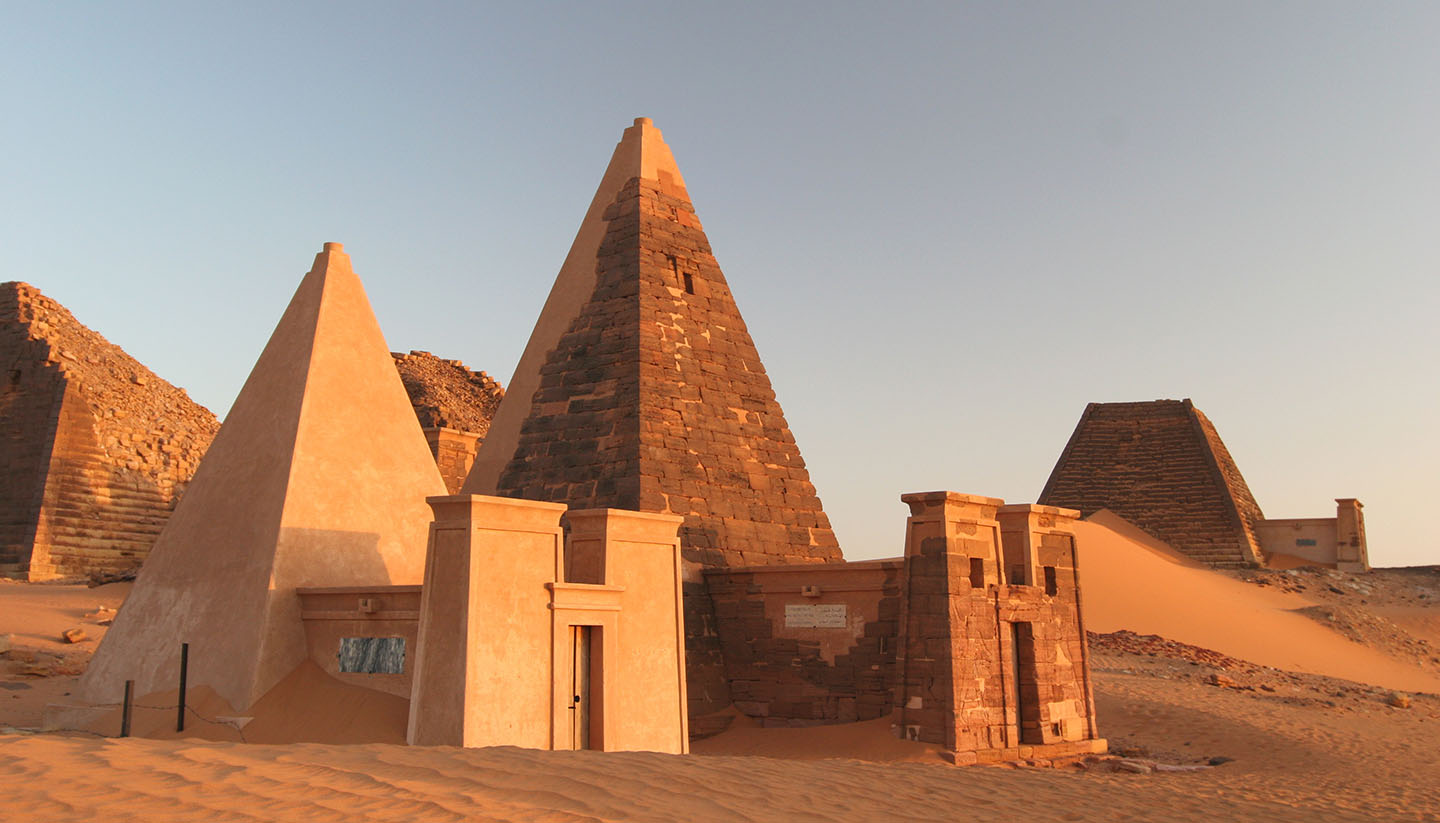Cultural Landmarks Of Khartoum: A Journey Through History And Heritage
Share

Khartoum, the capital of Sudan, is a city rich in history and culture, where the Blue and White Nile rivers converge. This vibrant metropolis is home to numerous cultural landmarks that reflect the diverse heritage of the Sudanese people. From ancient relics to modern architectural marvels, Khartoum offers a unique glimpse into the soul of Sudan. This article will guide you through some of the most significant cultural landmarks in Khartoum, providing insights into their historical importance and the experiences they offer.
The National Museum of Sudan

The National Museum of Sudan is a must-visit for anyone interested in the history of Sudan. Established in 1971, the museum houses an extensive collection of artifacts that span thousands of years, showcasing the rich history of the Nubian civilization. The museum's exhibits include ancient Egyptian artifacts, Meroitic relics, and items from the Kingdom of Kush.
Key Highlights:
- Meroitic Artifacts: Discover the unique art and culture of the ancient Meroitic civilization, known for its pyramids and advanced society.
- Nubian Treasures: Explore the treasures of Nubia, including jewelry, pottery, and tools that tell the story of this ancient region.
- Outdoor Exhibits: The museum features outdoor displays of temples and monuments, allowing visitors to experience history in an open-air setting.
Al-Mogran Park

Al-Mogran Park is a beautiful green space located at the confluence of the Blue and White Nile rivers. This park is not only a recreational area but also a cultural hub where locals and tourists gather to enjoy the scenic views and participate in various activities.
Key Features:
- Scenic Views: Enjoy breathtaking views of the rivers and the city skyline, making it a perfect spot for photography.
- Cultural Events: The park often hosts cultural events, festivals, and performances, showcasing Sudanese music, dance, and art.
- Family-Friendly Activities: With playgrounds and picnic areas, Al-Mogran Park is an ideal destination for families looking to relax and enjoy the outdoors.
Omdurman Market

Just across the Nile from Khartoum lies Omdurman Market, one of the largest and most vibrant markets in Sudan. This bustling marketplace is a sensory overload, filled with the sights, sounds, and smells of Sudanese culture.
What to Expect:
- Local Crafts: Browse through stalls selling traditional crafts, textiles, and handmade goods, perfect for souvenirs.
- Spices and Food: Experience the rich flavors of Sudanese cuisine by sampling local dishes and spices from various vendors.
- Cultural Interactions: Engage with friendly locals and immerse yourself in the vibrant atmosphere of daily life in Sudan.
Sudan University of Science and Technology
The Sudan University of Science and Technology is one of the leading educational institutions in the country. Its campus is not only a center for academic excellence but also a cultural landmark that reflects the aspirations of Sudan's youth.
Campus Highlights:
- Architectural Design: The university features modern architectural designs that symbolize progress and innovation in Sudan.
- Cultural Programs: The university hosts various cultural programs, including art exhibitions, music performances, and academic conferences that promote Sudanese heritage.
- Student Life: Experience the vibrant student life, where you can interact with young Sudanese eager to share their culture and ideas.
Khartoum Mosque

The Khartoum Mosque, also known as the Presidential Mosque, is an architectural gem located in the heart of the city. This mosque is not only a place of worship but also a symbol of Sudanese identity and culture.
Features of the Mosque:
- Stunning Architecture: The mosque's design features intricate Islamic patterns and a large dome that dominates the skyline.
- Cultural Significance: As a central place of worship, the mosque plays a vital role in the spiritual life of the community.
- Visitor Experience: Visitors are welcome to explore the mosque's grounds, providing an opportunity to learn about Islamic culture and architecture.
The Nile River
The Nile River is not just a geographical feature; it is the lifeblood of Khartoum and a significant cultural landmark. The river has been a source of sustenance and inspiration for generations.
Activities Along the Nile:
- Boat Rides: Take a leisurely boat ride on the Nile to enjoy the stunning views of the city and the surrounding landscapes.
- Riverside Cafes: Relax at one of the many cafes along the riverbank, where you can savor traditional Sudanese tea and snacks.
- Cultural Significance: Learn about the historical importance of the Nile in shaping the culture and economy of Sudan.
The Pyramids of Meroë

While not located directly in Khartoum, the Pyramids of Meroë are an essential part of Sudan's cultural heritage and are easily accessible from the capital. These ancient pyramids are a testament to the grandeur of the Kingdom of Kush.
Visiting Meroë:
- Historical Significance: The site features over 200 pyramids, showcasing the burial practices of the ancient Nubian kings and queens.
- Guided Tours: Join a guided tour to learn about the history and significance of the pyramids, as well as the archaeological efforts to preserve this UNESCO World Heritage Site.
- Stunning Desert Landscape: Enjoy the breathtaking views of the surrounding desert, making it a perfect spot for photography enthusiasts.
Best Time to Visit Khartoum
Khartoum experiences a hot desert climate, with temperatures soaring in the summer months. The best time to visit is during the cooler months, from November to February, when temperatures are more manageable, ranging from 20°C to 30°C (68°F to 86°F). This period also coincides with various cultural festivals and events, providing a rich experience for travelers.
Weather Overview:
- November to February: Ideal for outdoor activities and sightseeing.
- March to October: Hot and dry, with temperatures often exceeding 40°C (104°F).
Conclusion
Khartoum is a city that beautifully intertwines its rich history with modernity, offering travelers a unique experience filled with cultural landmarks. From the ancient artifacts at the National Museum to the lively atmosphere of Omdurman Market, each site tells a story of the Sudanese people and their heritage. Whether you're wandering through the serene Al-Mogran Park or marveling at the architectural beauty of the Khartoum Mosque, the cultural landmarks of Khartoum invite you to immerse yourself in the vibrant tapestry of Sudanese life.
As you plan your visit to Khartoum, consider booking your accommodations and flights through these links for a seamless travel experience: Hotels & Flights and Transfers. Embrace the opportunity to discover the heart of Sudan and create unforgettable memories in this captivating city.



